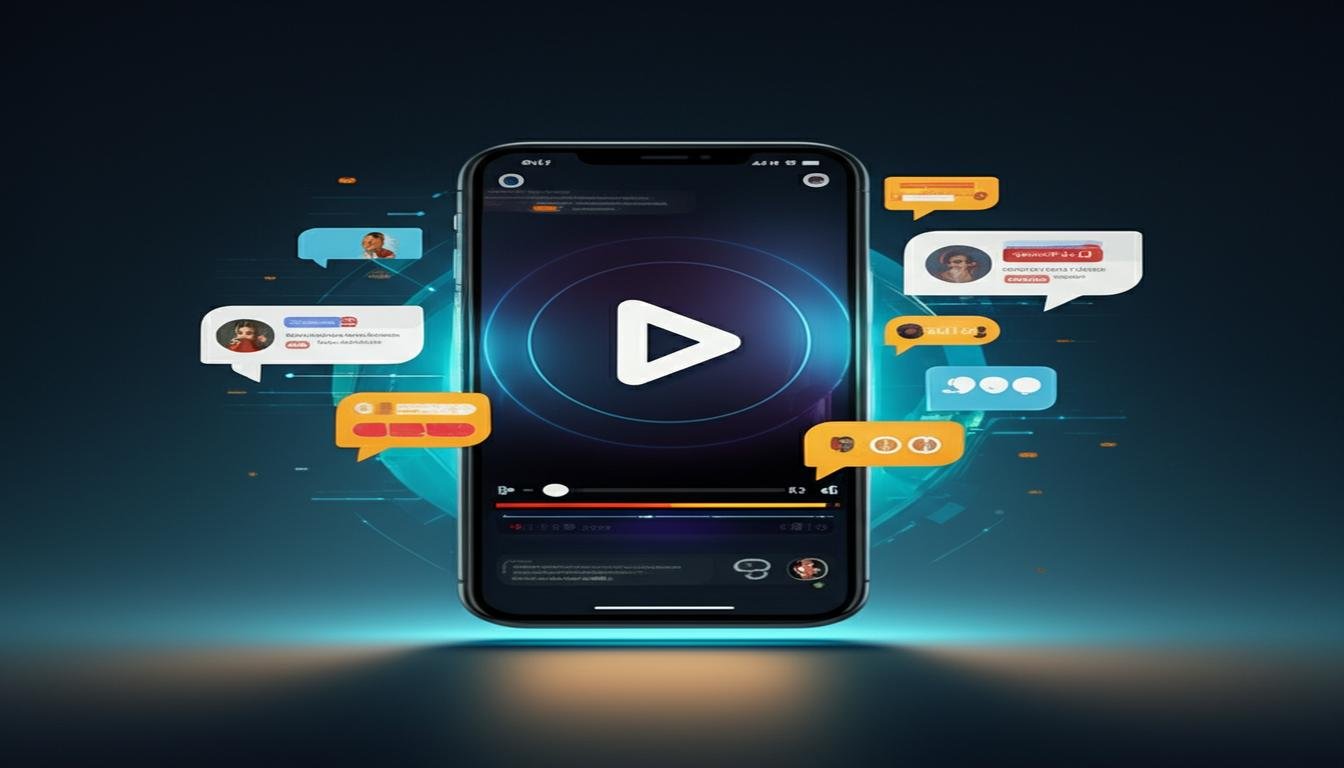Dreaming of a Book? Write Your First Draft in 24 Hours with AI
Ever stared at a blank page, a brilliant story idea bubbling inside, only to feel overwhelmed by the sheer mountain of words needed to bring it to life? Or maybe you’ve got a fantastic non-fiction concept but zero time to sit down and type for months on end?
What if I told you there’s a powerful new ally that can help you churn out a complete book draft – not a masterpiece, but a solid foundation – in just 24 hours? Yes, we’re talking about artificial intelligence. While it sounds like something out of a sci-fi novel, using AI for book creation is quickly becoming a game-changer for aspiring authors and busy professionals alike. Let’s dive into how you can make this seemingly impossible feat a reality, step-by-step.
Can You Really Write a Book in 24 Hours with AI? The Reality Check
Before we jump into the “how,” let’s set expectations straight. When we say “write a book in 24 hours,” we’re talking about generating a comprehensive, coherent first draft. This isn’t about producing a perfectly polished, ready-for-publication manuscript. Think of it as creating the skeleton and muscle of your story, leaving the fine tuning, the deep editing, and the true literary magic for later.
AI acts as your lightning-fast co-pilot, not a replacement for your human creativity. It takes your ideas and expands them into full paragraphs, chapters, and plot lines at an incredible speed. This guide will show you how to leverage AI writing tools to get that initial, daunting draft done, so you can focus on refining your masterpiece.
Pre-Game Prep: Before the Clock Starts Ticking
To make the most of your 24-hour sprint, a little preparation goes a long way. This isn’t “writing” time, but crucial setup time.
1. Pin Down Your Core Idea
- Genre: What kind of book is it? (e.g., sci-fi, romance, self-help, business guide).
- Synopsis: A one-paragraph summary of your book’s main plot or argument.
- Target Audience: Who are you writing this for?
The clearer you are on these basics, the better AI can assist you. Imagine trying to build a house without a blueprint – it’s tough!
2. Choose Your AI Writing Assistant
There are many powerful AI platforms out there. Some popular ones include:
- ChatGPT (OpenAI)
- Claude (Anthropic)
- Gemini (Google)
- NovelAI (for fiction specifics)
Each has its strengths. Pick one you’re comfortable with. Make sure you have an account set up and are familiar with how to input prompts and receive outputs.
3. Develop a Basic Outline
This is arguably the most critical pre-step. You don’t need every detail, but a chapter-by-chapter roadmap will keep your AI (and you!) on track. Even bullet points for each chapter’s purpose or key events are helpful.
The 24-Hour Sprint: Your Step-by-Step AI Book Creation Guide
Alright, the clock is ticking! Let’s break down how you’ll use your AI writing assistant to generate your book.
Phase 1: Deep Dive into Detail & Outline Expansion (Hours 1-4)
This is where you flesh out your initial ideas into actionable prompts for your AI.
- Character Profiles: Provide your AI with details about your main characters (personality, backstory, motivations, goals). Ask it to expand on these or even suggest new character traits.
- World-Building (if applicable): If it’s a fantasy or sci-fi book, give AI key elements of your world (magic systems, societal structures, technology) and ask it to elaborate.
- Detailed Chapter Breakdown: Take your basic outline and prompt the AI to generate a more detailed, scene-by-scene breakdown for each chapter. Ask for key plot points, character interactions, and emotional beats. This becomes your script.
- Tone and Style: Tell the AI the desired tone (e.g., “witty,” “serious,” “light-hearted,” “authoritative”) and writing style you want it to emulate. Give examples if you have them.
Pro Tip: Think of yourself as the director, and AI as the ultra-fast scriptwriter. The more specific your directions, the better the scene.
Phase 2: Generate the Chapters (Hours 5-18)
This is the core writing phase. You’ll be feeding your AI one chunk at a time, building your book chapter by chapter.
- Prompting Chapter by Chapter: Take your detailed chapter breakdown from Phase 1. For each chapter, give the AI a clear prompt. For example: “Write Chapter 1. The protagonist, Sarah, discovers a mysterious ancient artifact in her grandmother’s attic. Focus on her initial disbelief and growing excitement. End with a cliffhanger where she accidentally activates it.”
- Iterate and Refine: Don’t just accept the first output. Read what the AI generates. Does it flow? Is the tone right? If not, tell it: “Rewrite that last paragraph, making Sarah’s discovery more suspenseful” or “Expand on the artifact’s description, making it feel more magical.”
- Maintain Consistency: Regularly remind the AI of character traits, plot points, and world rules you’ve established. You might even paste previous chapter summaries or character bios into new prompts to keep it consistent.
- Non-Fiction Approach: For non-fiction, prompt the AI for specific sections or points you want to cover in each chapter. For example: “Write a section for Chapter 3 on ‘The Importance of Daily Habits,’ including examples of successful people.”
This phase is like a marathon, but one where you’re giving directions from a comfy chair. Keep pushing through, generating content piece by piece.
Phase 3: Initial Review & Structural Coherence (Hours 19-22)
Now that you have a full (albeit rough) draft, it’s time to give it a quick once-over.
- Read Through: Quickly read through the entire manuscript. Focus on overall plot flow, character arcs, and logical progression.
- Identify Gaps/Inconsistencies: Where are the plot holes? Do characters suddenly change motivations? Are there repetitive phrases or factual errors? Make notes.
- Ask AI for Help: For major gaps, go back to your AI. “The transition between Chapter 5 and 6 feels abrupt. Can you write a short scene connecting the two, showing Character A’s journey from X to Y?” or “Expand on the emotional impact of Event Z in Chapter 10.”
- Adjust Pacing: If parts drag, ask AI to “summarize this section more concisely.” If parts feel rushed, “expand on this scene, adding more dialogue and sensory details.”
This isn’t deep editing, just getting the skeleton strong enough to stand on its own.
Phase 4: Formatting & Export (Hours 23-24)
You’re almost there!
- Basic Formatting: Copy and paste your chapters into a document (Google Docs, Microsoft Word). Ensure proper chapter breaks and heading styles.
- Table of Contents: Quickly generate a table of contents.
- Save and Celebrate: Save your draft. You did it! You have a full book draft in 24 hours.
Important Considerations: Beyond the 24-Hour Rush
While AI can accelerate the writing process, remember these crucial points:
- It’s a Draft, Not a Masterpiece: This bears repeating. The output is a raw draft. It will need significant human editing, refinement, and your unique voice infused throughout.
- Your Creativity is Paramount: AI is a tool. Your vision, your unique ideas, your emotional depth – these are things AI cannot replicate. You are the author, AI is your assistant.
- Fact-Checking is Essential: AI can sometimes “hallucinate” facts or invent plausible-sounding but incorrect information. Always verify any factual claims.
- Originality and Plagiarism: While AI generates unique text based on your prompts, it’s trained on vast amounts of existing data. Always review the output for any unintended similarities to published works. Your unique prompts and creative direction are key to originality.
- The Real Work Begins Now: After the 24 hours, the real joy of writing begins: revising, adding nuance, polishing the language, and truly making the book yours. This includes deep editing, proofreading, and perhaps working with beta readers.
Your Book Journey Has Just Begun
Using AI to write a book in 24 hours isn’t about cutting corners on quality; it’s about demolishing the blank page barrier and jumpstarting your creative process. It transforms the overwhelming task of writing a full manuscript into manageable, rapid-fire sessions.
So, stop dreaming and start creating. With your brilliant ideas and the incredible power of AI, that book you’ve always wanted to write could be a tangible first draft in your hands faster than you ever imagined. Take the leap, experiment with these tools, and unleash your inner author. Happy writing!









